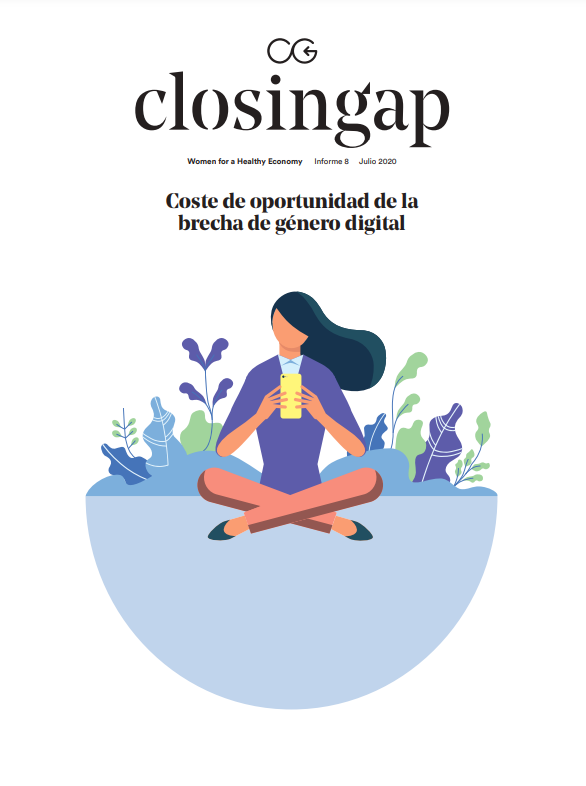

Digital gender gap
While women have better digital skills relating to information and communication, men score better on software and digital problem solving. The disparity is particularly evident among older age groups, starting from the age of 65 and onward. However, this gap is completely absent in the new generations, often referred to as digital natives.
The study highlights the challenges to gender equality posed by the digitalisation of employment, such as the rise in job automation, the growing salary gap in professions in the digital economy, and increased bias in algorithms and data.

Calculation of opportunity cost
There are currently 247,600 more men than women in STEM positions. If as many women as men were employed, maintaining the average productivity of the sector of €77,600 per employee, an extra €31.2 billion would be generated per year, equivalent to 2.8% of GDP in 2019.

The number of women in STEM professions in the digital sector is only 20%, leading to a gender bias in access to digital tools which must be corrected, because the modern, digital society we are building will be better and more efficient if female talent is included on a truly equal footing.
Es necesario activar las cookies para ver este contenido